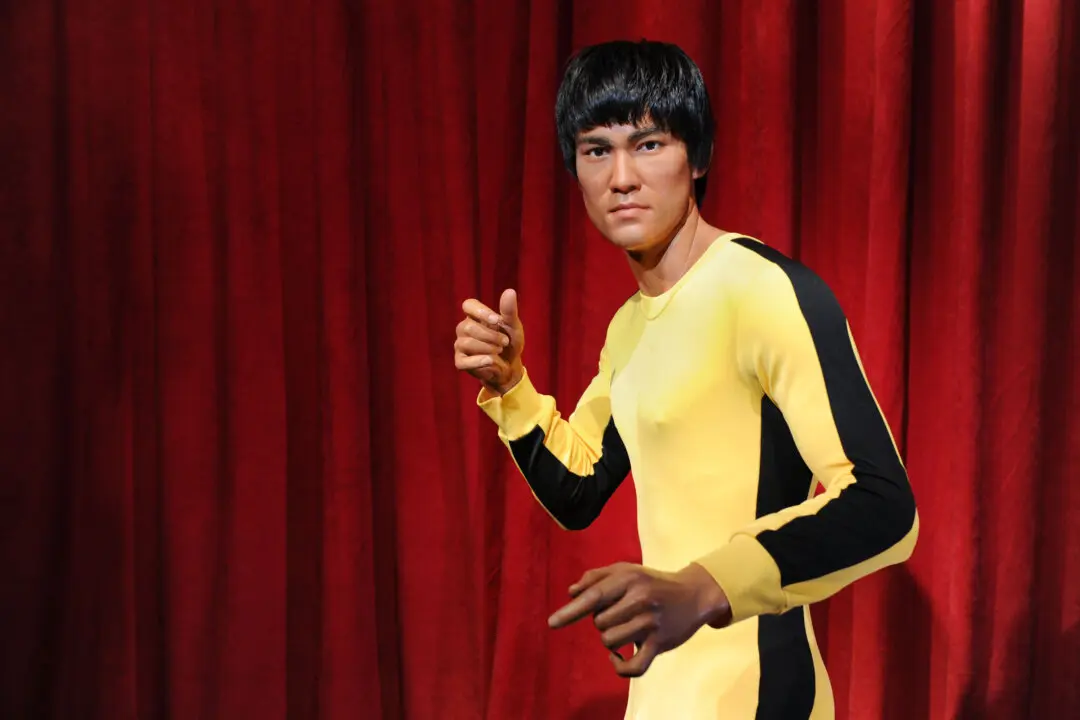Commentary
Unfortunately, The Korean War (1950–1953) has largely faded from the memories of both American scholars and the general public. Indeed, it is commonly (and dismissively) referred to as “the Forgotten War,” even though it was a critical territorial conflict and constituted the first military action of the Cold War.





